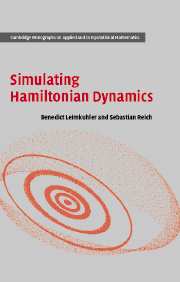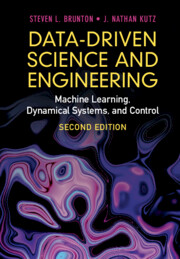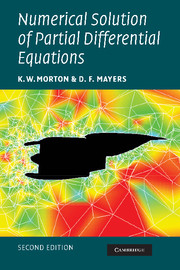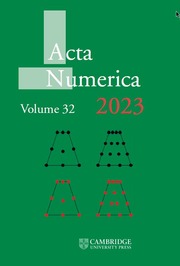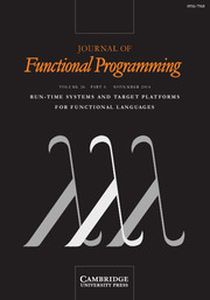Simulating Hamiltonian Dynamics
Geometric integrators are time-stepping methods, designed such that they exactly satisfy conservation laws, symmetries or symplectic properties of a system of differential equations. In this book the authors outline the principles of geometric integration and demonstrate how they can be applied to provide efficient numerical methods for simulating conservative models. Beginning from basic principles and continuing with discussions regarding the advantageous properties of such schemes, the book introduces methods for the N-body problem, systems with holonomic constraints, and rigid bodies. More advanced topics treated include high-order and variable stepsize methods, schemes for treating problems involving multiple time-scales, and applications to molecular dynamics and partial differential equations. The emphasis is on providing a unified theoretical framework as well as a practical guide for users. The inclusion of examples, background material and exercises enhance the usefulness of the book for self-instruction or as a text for a graduate course on the subject.
- Thorough treatment of a relatively new subject, covers theory, applications and also gives practical advice on implementing the techniques
- Emphasis on 'efficient' numerical methods
- Large number of examples and exercises
Reviews & endorsements
'… this new book on geometric integration of Hamiltonian systems is a valuable addition to the subject that may be very useful not only as a textbook for courses in computational dynamics but also for researchers in the design of effective integrators in molecular dynamics and other areas of applied mathematics because it includes most of the recent research in the subject.' Zentralblatt MATH
'I highly recommend it for a graduate course on multivariate approximation theory, computer-aided geometric design, and meshless methods for partial differential equations.' Numerical Algorithms
Product details
May 2005Hardback
9780521772907
396 pages
235 × 160 × 23 mm
0.75kg
71 b/w illus. 5 tables 80 exercises
Available
Table of Contents
- 1. Introduction
- 2. Numerical methods
- 3. Hamiltonian mechanics
- 4. Geometric integrators
- 5. The modified equations
- 6. Higher order methods
- 7. Contained mechanical systems
- 8. Rigid Body dynamics
- 9. Adaptive geometric integrators
- 10. Highly oscillatory problems
- 11. Molecular dynamics
- 12. Hamiltonian PDEs.

